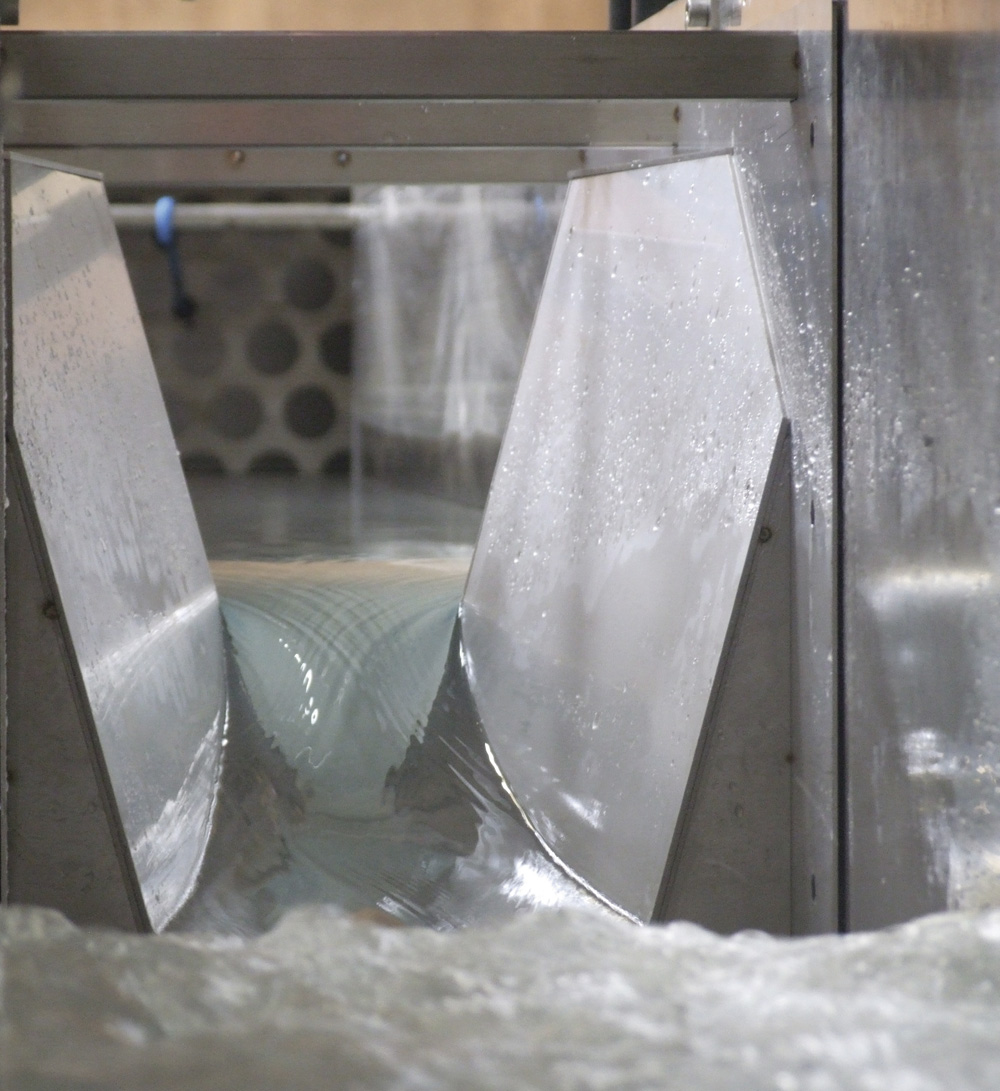Going With The Flow

Monitoring quarry waste water – a long-term solution
As demand for continuous, accurate flow monitoring steadily increases, many companies are setting up new programmes for monitoring process water and waste water. This activity is driven mainly by legislation, which has forced many companies to address water quality, water levels and water movement in the ground and on the surface.
The Problems
People can be only too aware of the adverse effect of minerals extraction and the environmental impacts are often far reaching. Quarrying process plants have always had the potential to impact the natural environment through discharges of waste water, tailings, slurries, as well as waste dumps and tailings impoundments. However, in most circumstances many of these impacts can be mitigated.
This is done by implementing assessment programmes. Volumetric measurements of quarry discharge are critical to the avoidance of environmental impact, and accurate flow measurement is the foundation for successful environmental monitoring programmes; to help minimize, reduce or prevent pollutant loading from mineral products facilities. Many firms are now taking a proactive approach to flow monitoring by installing effective monitoring stations at their sites.
A solution
Flow rates are measured using an engineered gauging device, such as a v-notch weir or flume, often in conjunction with an automated monitoring system. The best method is to measure the surface water level upstream of a weir or flume and use the device’s flow/head characteristic (q=function(h)) to determine the volumetric flow rate. However, problems still arise with the hydrometric structures, ranging from sedimentation and debris snagging to energy loss.
As a possible solution, FlowMarque (FM), specialists in the monitoring of flow in open channels, have recently designed a special hydrometric structure, the V-flume, which is said to have many benefits over conventional versions.
First, there is no upstream dead volume because, unlike weirs and notches, there is no weir tank and no risk of accumulation of sediment and bed-load. This eliminates all the maintenance costs associated with the V-notch. Furthermore, there is no opportunity for blockages or floating debris snagging on the crest. The shape of the contraction allows debris to be lifted through it.
According to FlowMarque, the V-flume – which has been type calibrated using an UKAS accredited ISO 17025 hydraulics rig – attains the highest levels of accuracy even in challenging hydraulic conditions. FM hydrometric structures are also proving to be popular due to their high dynamic range of 100:1, without compromising on accuracy or the level of uncertainty when measuring at low flow (down to 1 litre/s).
The hydrometric structures are made from stainless steel for robustness and durability. They are inserted directly into an open channel, drain or culvert, making installation quick and simple.
The structures have been developed for users requiring high performance and reliability while reducing their operating costs, and are the first of their kind to be built specifically for industrial use.
Conclusion
As quarries have limited life spans, long-term investment is often unpopular. Each installation must be chosen on its merits with cost being a predominant factor. However, companies need to consider monitoring solutions and evolve from a short term to a longer term approach. FM are versatile and meet the requirements both of the short-term survey and the long-term monitoring station.
For further information visit: www.flowmarque.com


